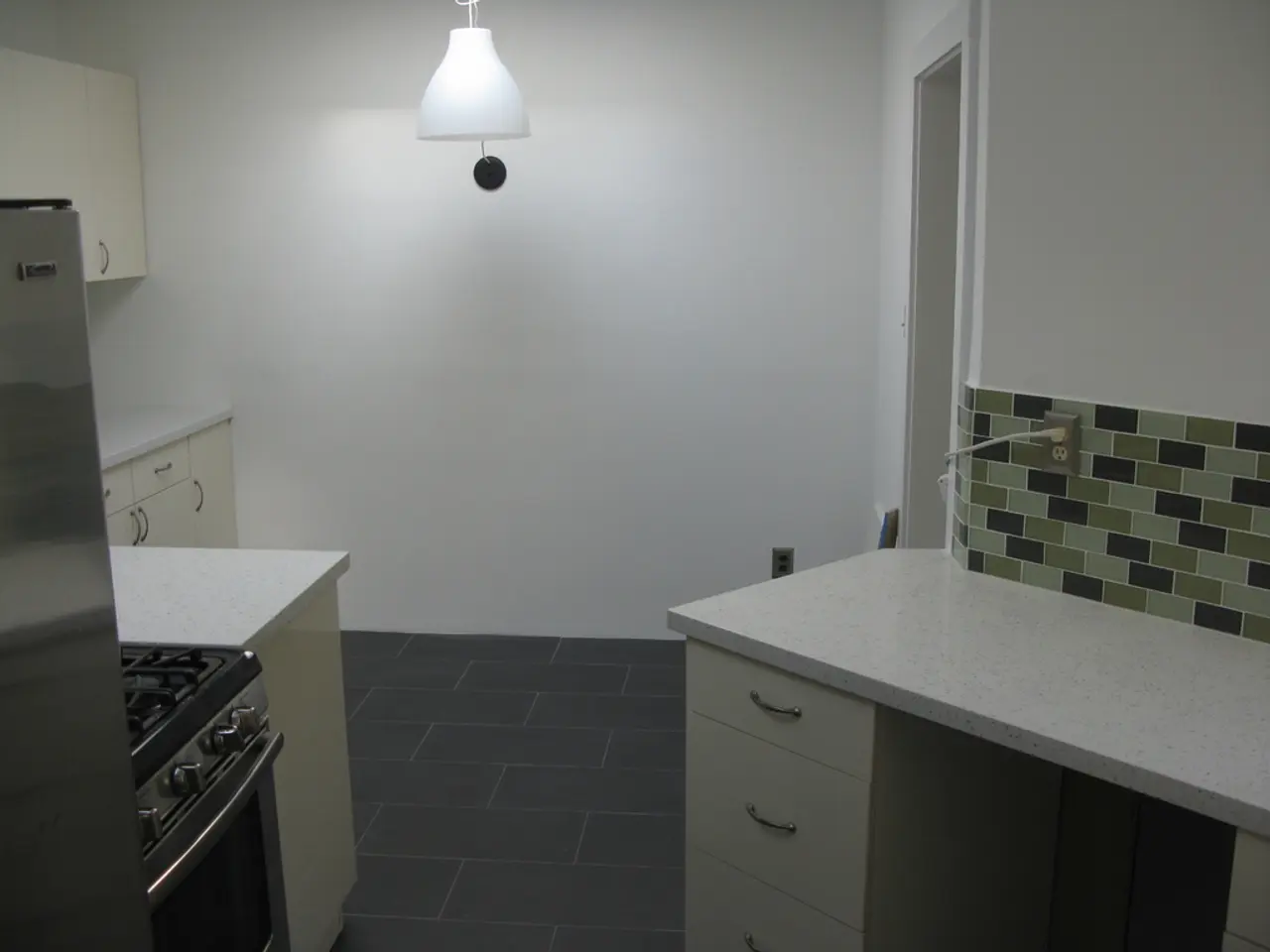Importance of Kitchen Ventilation: Underestimated Imperative
Maintaining a well-ventilated kitchen is crucial for several reasons, from ensuring a comfortable living environment to protecting the health of your family.
Cooking Pollutants and Indoor Air Quality
Cooking, whether electric or gas, produces air pollutants that can have a significant impact on indoor air quality. These pollutants include fine particulate matter, nitrogen dioxide from gas stoves, volatile organic compounds (VOCs), and even ultrafine particles that penetrate deep into lung tissue. Without proper ventilation, these pollutants can accumulate indoors, sometimes exceeding outdoor air pollution levels, posing a serious health threat, particularly to children, the elderly, and individuals with preexisting respiratory conditions.
Health Risks of Poor Ventilation
Prolonged exposure to these indoor pollutants can trigger or worsen chronic respiratory diseases like asthma, bronchitis, and COPD. It can also exacerbate allergy symptoms and sensitivities, and even increase the risk of lung cancer, especially for women who cook regularly but do not smoke. Lack of ventilation also facilitates the proliferation and transmission of airborne bacteria, viruses, and other pathogens, which is harmful in shared or residential environments.
Other Impacts of Poor Ventilation
In addition to health risks, poor kitchen ventilation can lead to increased costs. Cleaning costs multiply when cooking pollutants spread throughout the home, and health care costs may rise due to respiratory problems caused by poor indoor air quality.
Moreover, cooking produces significant amounts of moisture and grease that can damage the home's structure and finishes over time. Grease particles settle on surfaces throughout the home, creating a film that attracts dust and other contaminants. This can lead to additional cleaning and maintenance costs.
Mitigating the Risks
Regular maintenance keeps the kitchen ventilation system operating at peak efficiency while extending its lifespan. Professional installation ensures optimal performance while meeting safety and code requirements.
Properly sized range hoods, whether under-cabinet, wall-mount, or island, should be at least as wide as the cooktop, with additional width for optimal capture efficiency. Ductwork design significantly affects performance, with properly sized ducts, minimal bends, and direct routes to the exterior ensuring maximum airflow and efficiency.
Benefits of Proper Ventilation
Beyond health and maintenance benefits, proper kitchen ventilation improves temperature control, comfort levels, cooking confidence, food quality, entertainment possibilities, and family interaction. It also helps maintain the appearance of your kitchen by preventing grease buildup that can attract dirt and become increasingly difficult to remove.
In summary, ensuring proper ventilation, ideally with effective exhaust systems and filtration, is critical to mitigate the risks associated with poor kitchen ventilation and promote healthier indoor environments.
- To maintain a healthy home environment for all family members, it's essential to consider the quality of appliances, particularly those used for cooking, and ensure they are energy efficient.
- The style and design of home-and-garden spaces, including the kitchen, should incorporate fitness-and-exercise equipment and health-and-wellness features to promote a balanced and active lifestyle.
- Moreover, the kitchen, being the hub of cooking activities, should be equipped with appliances that not only improve the quality of meals but also contribute to a greater lifestyle, such as smart ovens that can assist in preparing healthier meals.
- Proper kitchen ventilation not only enhances energy efficiency by reducing the need for air conditioning or heating, but also supports the overall lifestyle by reducing health risks associated with cooking pollutants.
- Considering the importance of health and wellness, homeowners should prioritize the installation of energy-efficient appliances in the kitchen, such as induction cooktops and range hoods, to minimize the impact of cooking on indoor air quality.
- With proper ventilation, the kitchen becomes a space that promotes overall well-being, encouraging healthy cooking, improved air quality, and a more comfortable living environment, all contributing to a healthier and more balanced lifestyle.




